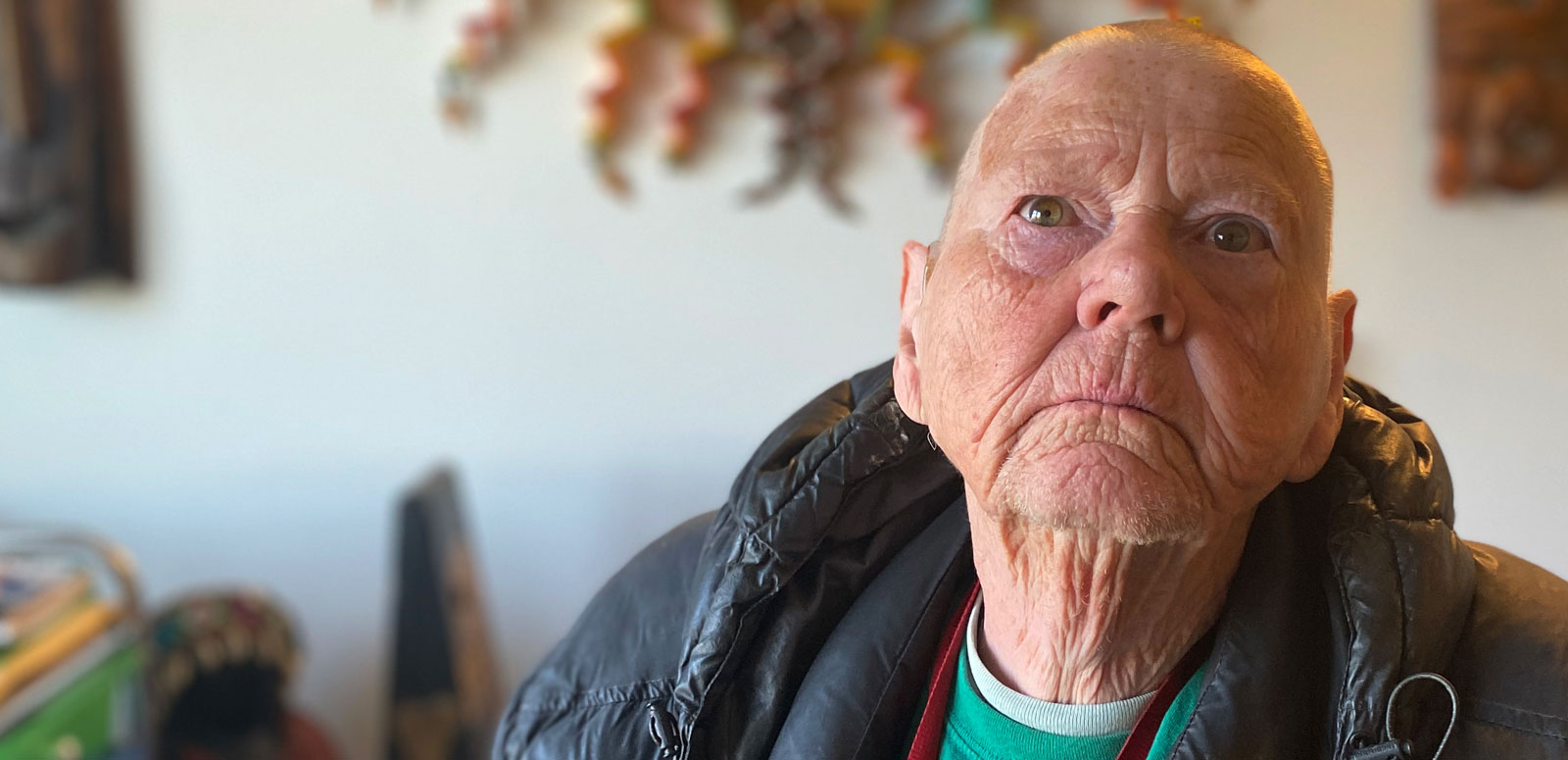I always do my research before I paint. I did a history of Peru. It’s huge.
The art of Jenny Miller is detailed and idiosyncratic. Its colorful palette and intricate details – from type of material to custom text embedded in the works – shows the artist to be a thorough researcher, world traveler, and with a particular sense of humor. Her sculpture titled “Viracocha,” currently hanging in her room at the George Davis Senior Center, centers around the face of the ‘Sun God,’ smiling with a toothy grin, nose ring, and alert eyes. The face is surrounded by wooden sunbeams, each geometric in shape, branching out in every direction around the center. She has used beads of every color for detail instead of using paint.
The work Jenny makes now has been compromised, after recovering from several hard years in the Tenderloin, becoming homeless, and then battling cancer. After leaving the hospital four years ago, Jenny became a resident at the George W. Davis Center in Bayview, San Francisco. According to her case worker, Malorie, she used to travel extensively, own her own business in the city, and was a working, independent artist. Thanks to the staff at GD Center, a community built on responding to “community needs” and serving as a “catalyst for neighborhood activism and advocacy,” Jenny has started painting again with the supervision of her case manager, though struggle with diabetes has impaired her eyesight.
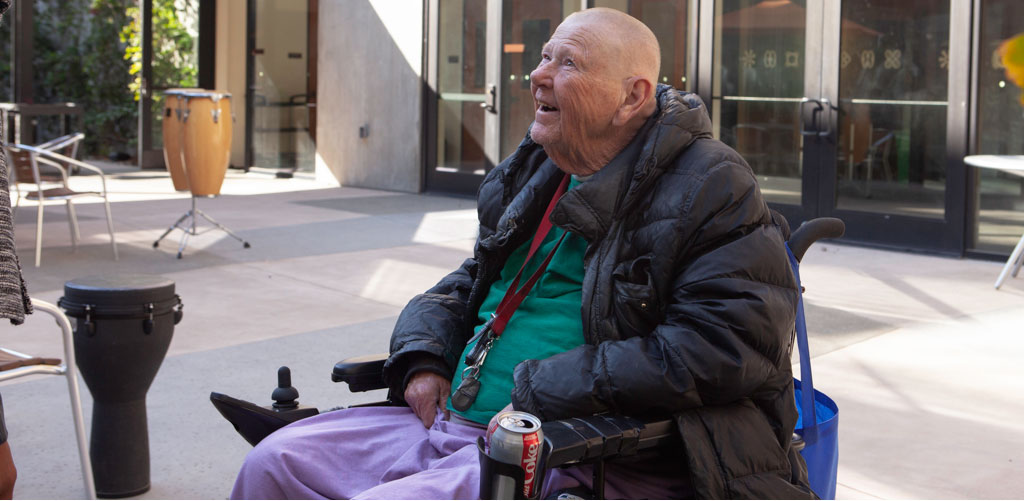
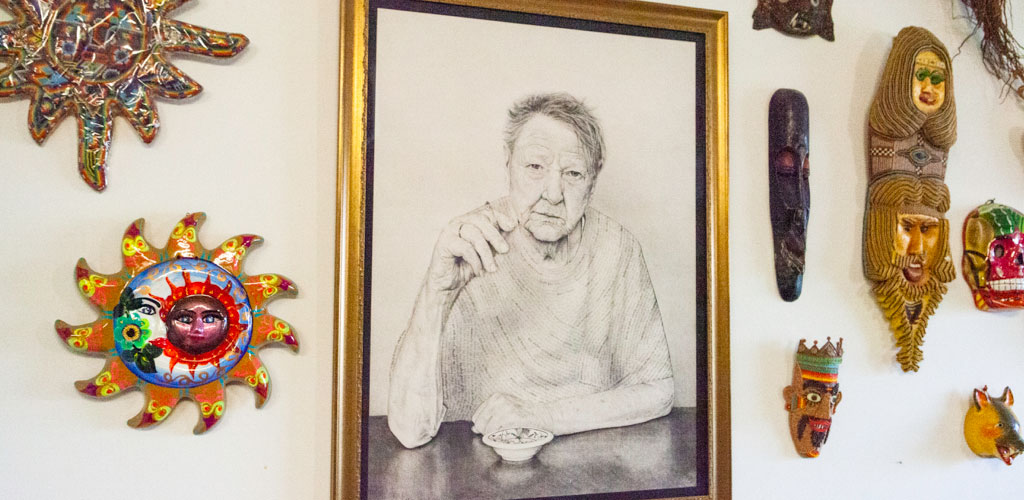
Metta Fund: Jenny, how long have you been at the GD Center?
Jenny Miller: Four years.
MF: Tell us about your favorite programs
JM: They have really good programs, the programs take care of me…
MF: How long have you been an artist?
JM: Forever…
MF: What do you like to paint?
JM: I use wash or bristle board. I like to paint different things. I always do my research before I paint. I did a history of Peru. It’s huge.
MF: What do you love about painting?
JM: It’s what I do.
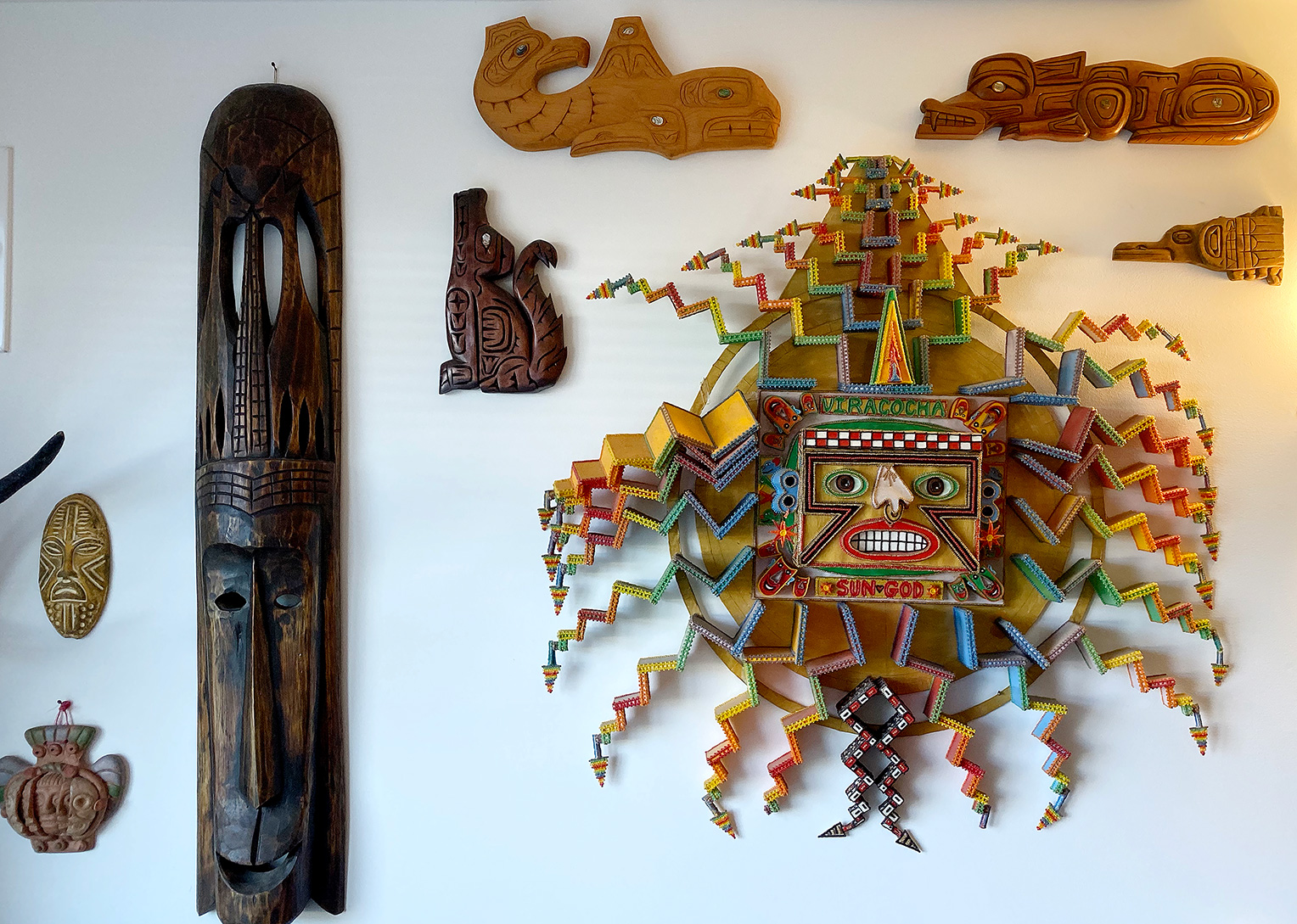
Malorie is one of several dedicated caseworkers making sure the residents are utilizing the programs. She notes that some are isolated and stay that way for some time because of traumatic experiences concerning those they’ve lost or just afraid to join and meet new people for a variety of reasons. Her job is to get people, like Jenny, out of their apartments and come downstairs to join the programs. Connection happens in group settings or one-on-one as with Jenny’s case, every day at the George W. Davis Center.
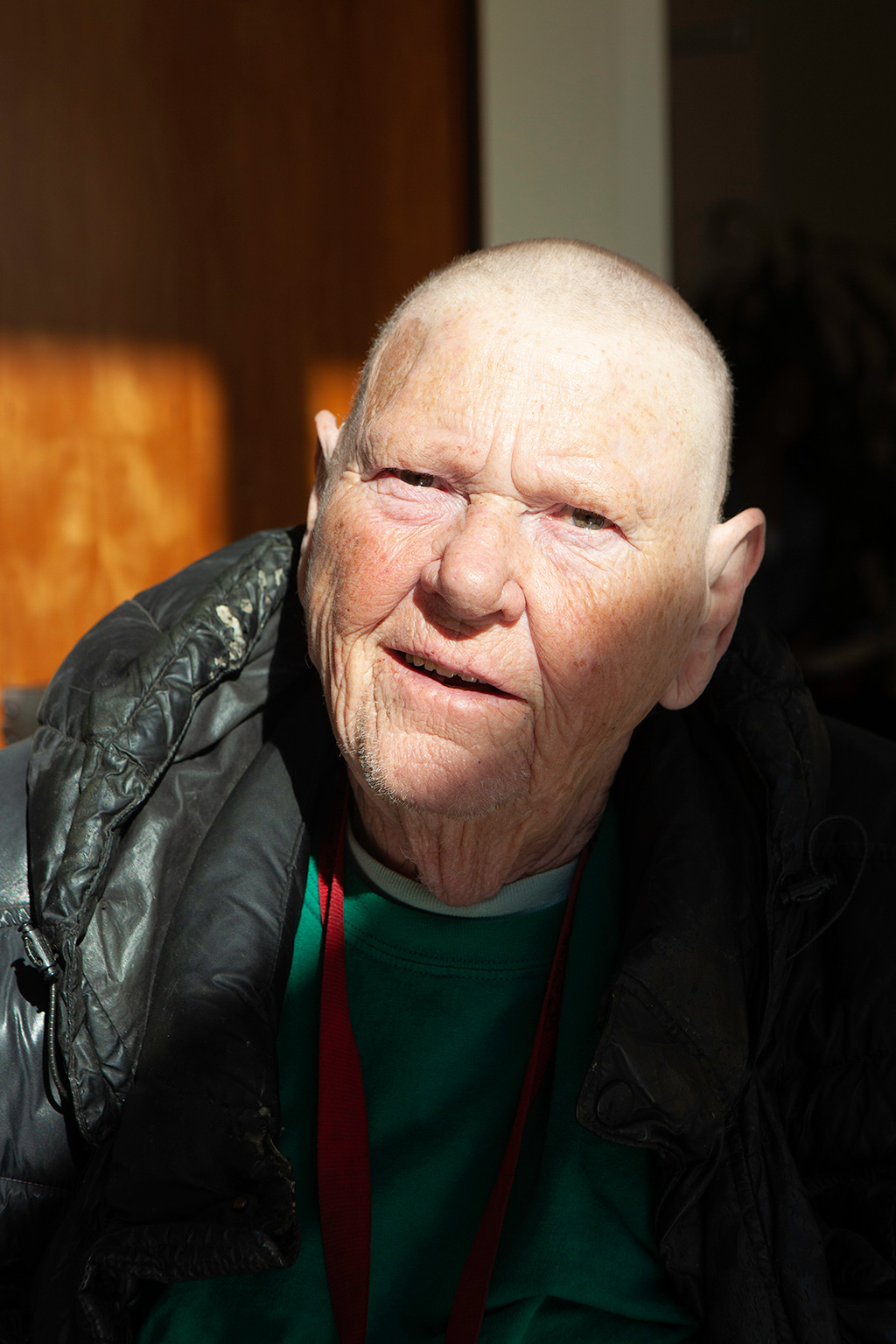
All photos courtesy of: Sahara Marina Borja
